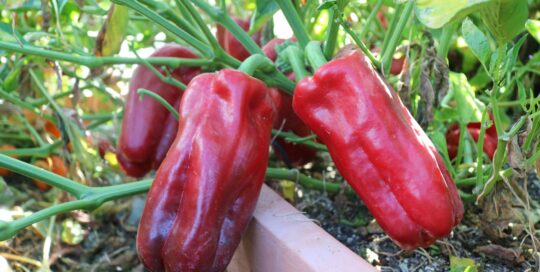Managing Flea Beetles in the Garden
Views: 987

Flea beetles are my springtime nemesis. As soon as my first seeding of kale, radish and arugula emerge from the ground, those pesky beetles (formally known as Phyllotreta cruciferae) attack and mow them down, making all but impossible for them to thrive. The species name clues you in to the fact that flea beetles are almost exclusive to anything in the brassica family (also known as the crucifer family). They prefer arugula, tatzoi and mustards if given the option, but will definitely feed upon the brassicas that have a more waxy leaf, such as cabbage and broccoli.
Life Cycle
Flea beetles emerge from their winter hideaways (forests, leaf litter, weedy areas) once temperatures begin to warm in spring. Those flea beetles emerging now will create tiny holes in leaves as they eat. They’ll mate and lay eggs in the soil now, with larvae hatching in less than 14 days. Larvae will then feed on root hairs, form pupae and eventually emerge as adults in late June. These adults do the same thing—eat, mate and create a second generation in late July. It’s this generation that then overwinters nearby to begin the process all over again.
So you can see how important it is to get a handle on the flea beetle population now to control the two subsequent generations of flea beetles that emerge in June and July.
Methods of Management
While I still have some way to go before I master flea beetle management, there are some options to help control their spring population:
Plant your brassicas far from where you had them last year. If they emerge from overwintering and can’t find food, then they’ll starve. This advice, truthfully, is meant for farmers or market gardeners who have several different fields. A small homeowner’s garden might offer a “far away” spot that is only five feet away. That’s not going to do it—the flea beetles will find your brassicas! What’s your option, then? Maybe you don’t plant brassicas this year, or for a couple of years. This goes for community garden plots, too; however, you’d have to get your fellow community gardeners to agree to this strategy.
Use an insect barrier/row cover. I have not used this method yet, but will do so as soon as my Amazon order arrives. I will lay it over my emerging seedlings and secure the material to the ground to prevent the little buggers from getting inside. Like any light material, I will be extra cautious to prevent small tears.
Remove brassica weeds. Many common weeds are in the brassica family, so remove them from the area. Some examples of brassica weeds are yellow rocket, wild mustard and shepherd’s purse, which is going gangbusters in my community garden right now.
Stay tuned for the insect barrier progress.
Meet Ellen Wells
When you’re raised on a farm, you can’t help but know a thing or two about gardening. Ellen Wells is our expert on edible gardening.…
Ellen's Recent Posts

Pepper Red Impact an All-America Selections Winner






